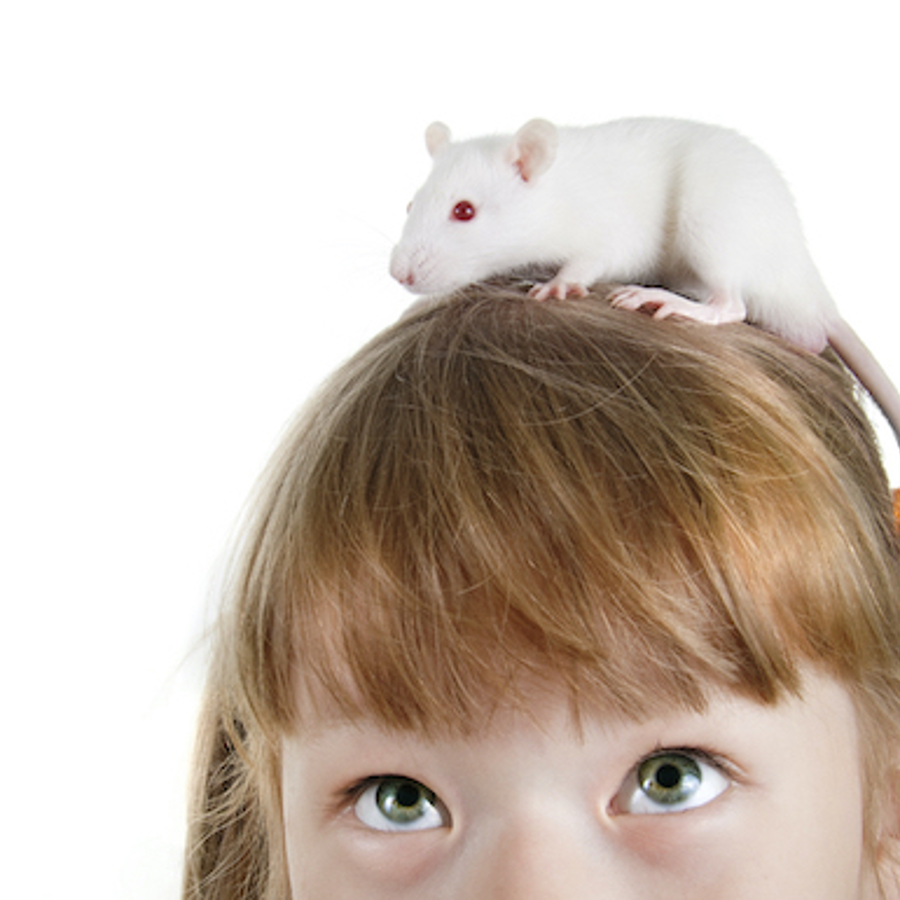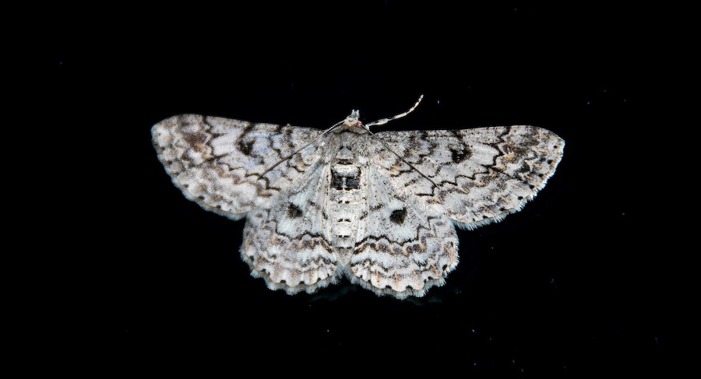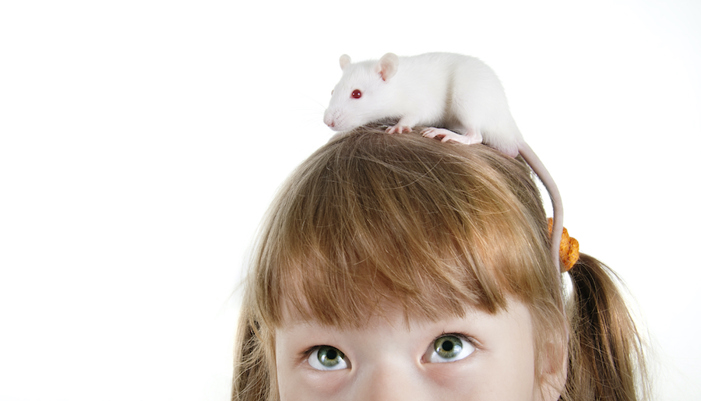
Can DNA mutations cause new species to evolve?
April 1, 2005

- Related Topics:
- Evolution,
- Speciation,
- Mutation
A curious adult from California asks:
"I heard on a video yesterday that DNA allows a certain amount of variation within a species but does not provide for moving from one species to another. Is this true? It also said that the only way for a species to go to another species is through mutation but that mutations were usually degenerative and cannot account for species to species evolution. Is this true?"
It sounds like you are basically asking if changes in DNA can account for evolution of new species, or if they only explain minor changes within a species.
The answer is that DNA changes account for both variation within a species AND the creation of new species. Some people feel that life is too complex to have arisen through evolution. Yet scientists agree that the evidence for evolution is overwhelming. How can DNA changes do this?
As an analogy, let me tell you about this new software program I was trying out last week on my computer. I didn't have the instruction manual. So, in order to figure it out, I used trial and error.
Many of the things I tried didn't work, so I had to hit the "undo" button. But when I got it right, I was able to keep doing the same function over and over.
Evolution works a little bit like me and my new program. The DNA in all living creatures acquires changes at a certain rate. Most of these changes don't work, and so will be "undone" in the sense of a reduced life span or ability to reproduce. But sometimes, the changes will cause an increased life span and an increased ability to reproduce.
The environment and natural selection
This is particularly true if a change in the environment has occurred that shakes things up. In this case, a DNA change may create an advantage for something with a new trait.
A classic example involves moths living in England. A century ago, before coal burning factories were built, a light colored moth was common. But after the coal darkened many trees, a darker version of the moth was more common.
The reason for this is called natural selection. Birds can see light colored moths on a dark background and so they will eat those moths. The birds can't see dark colored moths on a dark background so those moths survive longer and reproduce*.
That is an example of DNA change causing differences within a species. What about DNA change causing one species to change into another?

Making new species
This is a bit more complicated. Species change requires many DNA alterations acting over long periods of time. Scientists have sequenced DNA from lots of different plants, animals and bacteria. By comparing them, the scientists can see examples of evolution.
For example, humans carry the same genes as mice do for making a tail. The human genes don't work though because they have accumulated DNA changes so that they are "broken".1 This is how evolution works at the DNA level.
What does it mean to make a new species? Well, the first thing to look at is whether or not two animals can reproduce. This is not the only important factor, but if two animals can't mate, you for sure have different species.
There have been examples of one species turning into another. Most of these involve creatures that mate quickly and pick up DNA changes at a fast rate.
What scientists have done is to take two sets of flies from the same species, and keep them apart in different environments. After many generations, two new sets of flies that do not reproduce are created. These are now two new species.

Evolution over time
Despite this data, it can be difficult to believe that DNA mutation can create human beings. How could the ability to compose a piano concerto have evolved from DNA changes to simple bacteria?
The important point about evolution is that it involves small changes taking place over LONG periods of time. As another analogy, imagine a roomful of chimps typing randomly and trying to write Shakespeare all at once. Not going to happen.
But how about if they type one word at a time and there is a reward when the right word is chosen? Given enough time, you could get Hamlet. At any rate, the evidence in favor of evolution is very strong. Just think about our ancestors in one million years. Most likely, they will be arguing about how they could have evolved from such primitive creatures as us!
*There has been a lot of misunderstanding about the peppered moth example. While it is true that the original experiments were flawed, the fact that natural selection happened is not disputed. There is some argument about whether birds ate more of the light colored moths during times of heavy pollution, but no argument that the darker moths increased when there was high pollution and then fell off again when there was less pollution.
It might be that the darker moths survive better in pollution for a different reason but that the darker moths did survive better in higher pollution is fact. So whatever the reason for the disappearance and subsequent reappearance of the dark moth, it is still clearly natural selection.

Author: Dr. Karen Fitch
When this answer was published in 2005, Karen was a postdoctoral fellow in the Department of Genetics, studying the genetics of mouse skin development and pigmentation in Greg Barsh’s laboratory. Karen wrote this answer while participating in the Stanford at The Tech program.
 Skip Navigation
Skip Navigation
